The process usually begins with the selection of suitable scanning technology, such as laser scanning, photogrammetry or structured light. The object is captured from various angles to capture all surfaces and details. The captured data, called point clouds, are then processed with computer software that connects them into a complete 3D model. This digital model can be used for analysis, planning, production or archiving. Often, the obtained 3D model is then used for 3D printing, which allows for the creation of accurate physical copies of the original object or its improved versions.
Scanning the object – using a 3D scanner to capture the shape and surface details of the object.
Data processing – converting the scanned data into a point cloud and polygon mesh.
Model cleaning – removing errors and improving the quality of the polygon mesh.
Creating a CAD model – creating an accurate CAD model for further processing.
Preparing for 3D printing – adding support structures and converting to a suitable file.
3D printing – printing the model with a 3D printer.
Reverse engineering allows us to quickly transfer existing products into digital form and prepare them for further production or improvements.
Piškotke uporabljamo za izboljšanje uporabniške izkušnje, analizo prometa in prikazovanje prilagojenih vsebin. Z nadaljnjo uporabo spletnega mesta se strinjate z našo politiko piškotkov.
